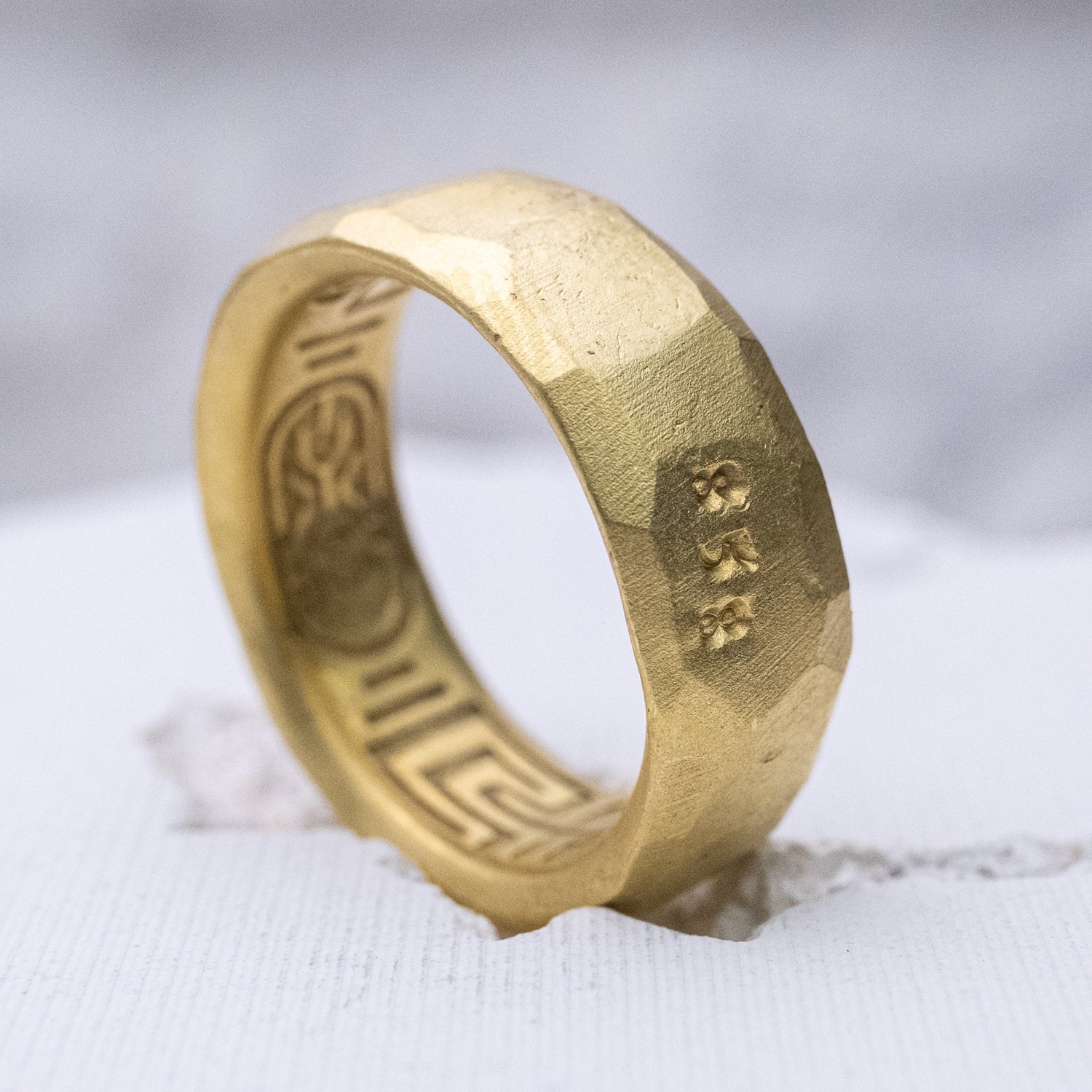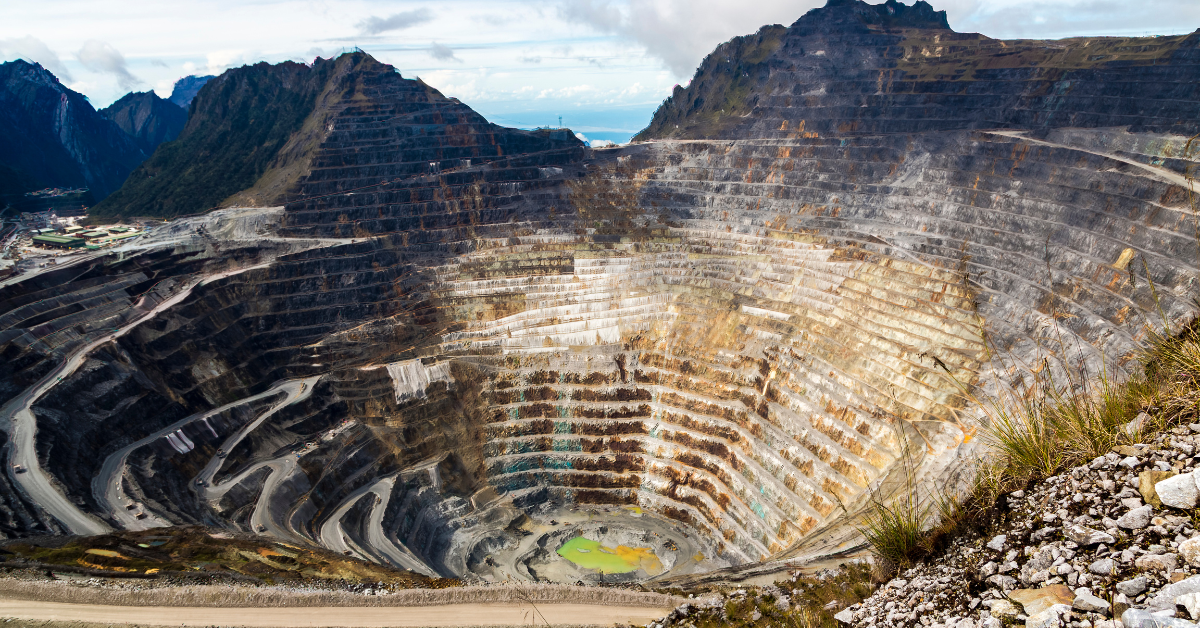The Cost of Commodity Gold Mining
Gold is often seen as a symbol of purity and permanence. Yet the reality behind most of the world’s gold is one of extraction, contamination, and loss.
What begins as beauty in the Earth becomes destruction in its pursuit.
Behind each ounce of industrial gold lies a trail of wasted water, toxic chemicals, and displaced earth. The deeper truth is that modern gold once refined to perfection becomes chemically pure but ethically erased.
Water: The Invisible Cost
Mining a single ounce of gold consumes over 5,000 liters of water roughly what one person drinks in five years. Open-pit and heap-leach mining operations divert rivers and drain aquifers, particularly in regions already facing drought.
As cyanide and sediment enter the water table, what was once a life source becomes a conduit for poison.
By contrast, artisanal nugget gold collected by hand without chemical leaching uses less than 1% of that water footprint.
Energy and Carbon: Hidden Emissions
Commodity mining emits an average of 680–800 kilograms of CO₂ per ounce, primarily from diesel-powered excavation, ore transport, and smelting. Globally, the gold industry releases over 100 million tonnes of CO₂ annually comparable to the emissions of an entire mid-sized nation.
Artisanal extraction avoids nearly all of this.
Without machinery or large-scale refining, its carbon impact per ounce is under 100 kilograms, representing an 85–90% reduction in energy use and emissions.
Earth Displaced
To extract one ounce of industrial gold, miners move an average of 20 tons of rock and soil. The waste called tailings often contains heavy metals and chemicals that leach into ecosystems for centuries. Tailings dams are among the world’s most catastrophic environmental risks, their failures poisoning rivers and forests for generations.
Artisanal methods, by contrast, move less than half a ton of material per ounce, leaving landscapes largely intact. This represents a ~97% reduction in physical disruption.
Chemicals and Toxic Legacy
Most commercial gold is refined through cyanide leaching or mercury amalgamation both devastatingly toxic. Roughly 3 million kilograms of mercury enter the environment each year through gold processing alone. Cyanide, meanwhile, remains lethal to aquatic life at concentrations as low as one part per million.
MYST’s gold requires zero chemical input no cyanide, no mercury, no leaching.
The metal remains in its natural, elemental state: as it left the Earth.
Blood Gold and the Myth of Purity
When gold is refined to .999 purity, it becomes chemically identical and completely untraceable. Smelting blends together metal from countless origins large-scale mines, recycled scrap, and conflict zones. This is why even major banks and central reserves have been found holding blood gold gold mined through illegal, exploitative, or environmentally devastating practices.
Once refined, no laboratory can distinguish clean gold from blood gold.
Purity becomes the perfect disguise.
Gold With a Blueprint
Unrefined gold, however, retains its geochemical fingerprint a distinct mineral “blueprint” defined by its trace elements, isotope ratios, and crystalline structure. This natural amalgam acts like DNA for the metal, allowing experts to trace it back to its place of origin.
MYST preserves this integrity by working only with artisanal-mined nuggets from trusted sources. Our gold is never dissolved, bleached, or stripped of its character.
Each piece carries the energy, chemistry, and story of the land it came from.
A Return to Real Purity
Industrial refinement was created to erase difference to turn matter into money.
MYST’s philosophy is the inverse: to preserve individuality within the material itself.
Every nugget retains its blueprint proof of place, of origin, of care.
In a world obsessed with purity, we choose traceability, integrity, and relationship.
Our gold is not a commodity. It is a conversation between Earth and human hands an unbroken lineage of creation.
Measured Impact
Each ounce of gold we use prevents, on average:
-
≈ 4,950 liters of water waste
-
≈ 680 kilograms of CO₂ emissions
-
≈ 20 tons of earth displacement
-
100% elimination of cyanide and mercury use
These numbers are not just statistics they are proof that beauty can exist in balance.
MYST exists at the intersection of art and origin where luxury is defined not by refinement, but by remembrance.

